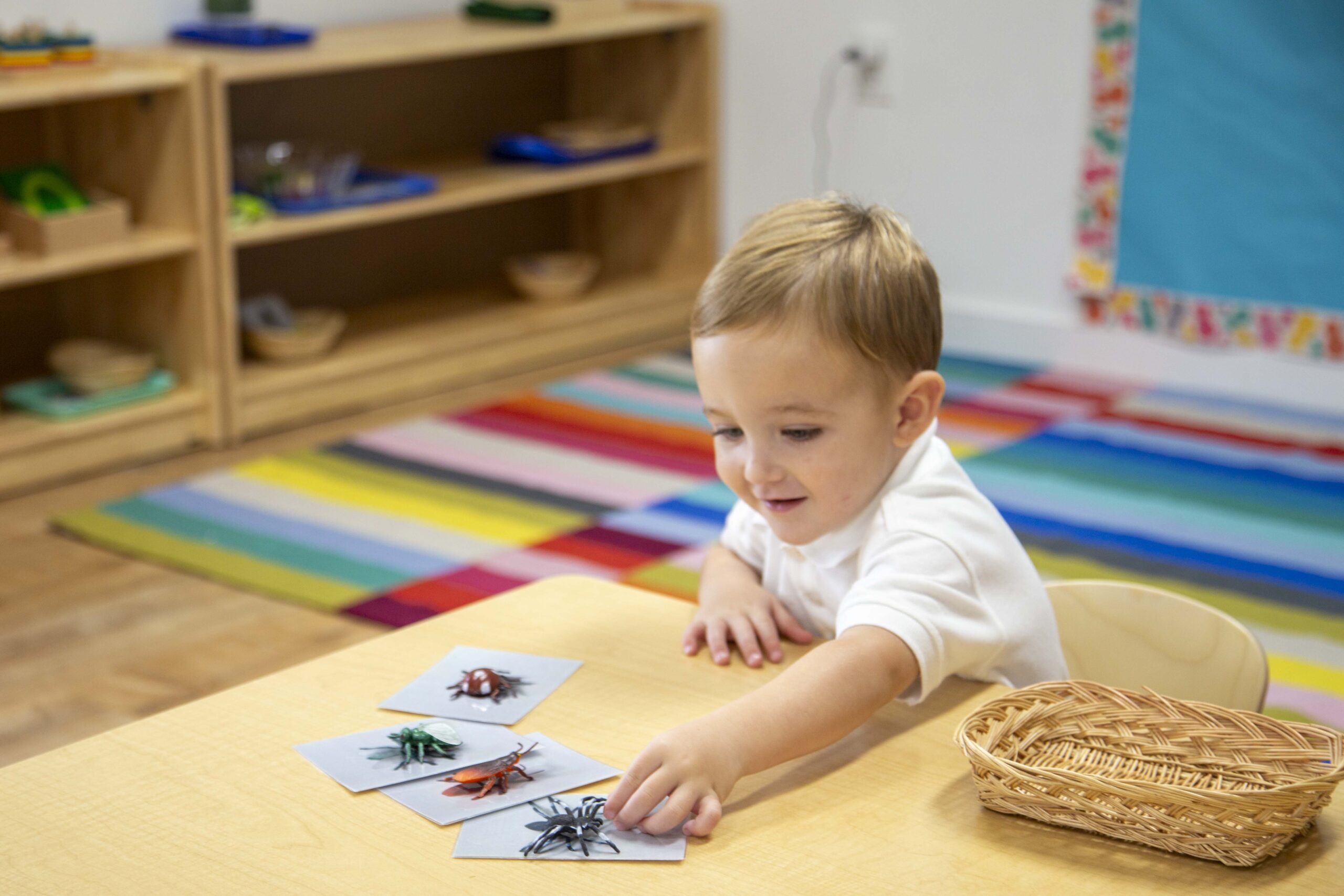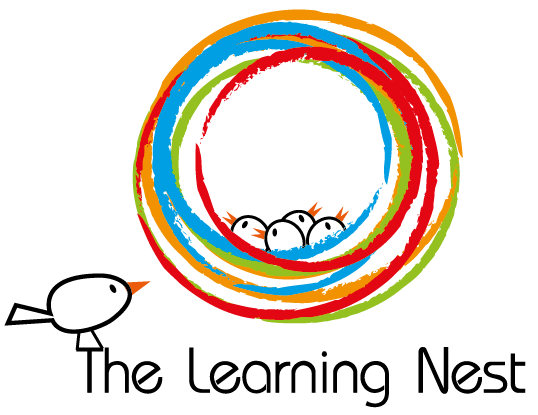Our Classrooms
Center-Based Learning
18-months to 2 y/o:
We wholeheartedly encourage children to embark on a journey of exploration and discovery, using their senses, bodies, and inquisitive minds.
Our dedicated teachers work with small classroom groups, implementing a comprehensive curriculum. They also provide a rich array of engaging resources, to ensure every child has ample opportunities to grow and thrive.
Our thoughtfully designed classroom environments are tailored to foster individual attention and facilitate both small and large group interactions.
Two's
We wholeheartedly encourage children to embark on a journey of exploration and discovery, using their senses, bodies, and inquisitive minds.
Our dedicated teachers work with small classroom groups, implementing a comprehensive curriculum. They also provide a rich array of engaging resources, to ensure every child has ample opportunities to grow and thrive.
Our thoughtfully designed classroom environments are tailored to foster individual attention and facilitate both small and large group interactions.
Threes:
In our dynamic 3-year-old program, we ignite a passion for learning while nurturing your child’s growth and development.
Here’s a glimpse into what your little one will experience:
- Engaging logical reasoning activities, to foster creative thinking and problem-solving.
- Opportunities for them to make choices, and increase their sense of independence and self-reliance.
- Social skills building through play, turn-taking, sharing, and collaboration within an inclusive environment.
- Promotion and support for fine-motor skills development (propper pencil grip, scissor cutting, letter and number tracing, hand-eye coordination, and muscle control).
- Literacy Development through letter recognition, sound-symbol association, and storytelling.
- Math readiness through left-to-right progression, understanding of quantitative value, and number counting and recognition from 1-10.
- Engaging activities to foster their cognitive skills such as object corting and classifying.
Fours (PreK and VPK):
In our engaging 4-year-old program, we empower children to become independent learners while fostering their growth and development.
Here’s a sneak peek into the exciting learning experiences your child will encounter:
Cultivating self-reliance and the ability to complete tasks independently.
Engaging in hands-on science activities that promote predicting cause and effect relationships.
Developing the ability to arrange events in a logical order.
Introducing positional words like “before” and “after” to describe the relationship between objects.
Enhancing sound blending and decoding skills to support reading fluency.
Introducing sight words and word families to expand vocabulary and reading comprehension.
Encouraging your child to write their own name confidently.
Beginning the exciting journey of journal writing, expressing thoughts and ideas through written words.
Engaging in activities that promote reading comprehension.
Exploring numbers from 1 to 20, fostering number recognition, counting proficiency, and simple addition.
Introducing the concept of time, including days of the week, months, and basic time-telling skills.
Exploring the concept of money and understanding its value in everyday life.
Fives (Kindergarten):
In our engaging 4-year-old program, we empower children to become independent learners while fostering their growth and development.
Here’s a sneak peek into the exciting learning experiences your child will encounter:
Cultivating self-reliance and the ability to complete tasks independently.
Engaging in hands-on science activities that promote predicting cause and effect relationships.
Developing the ability to arrange events in a logical order.
Introducing positional words like “before” and “after” to describe the relationship between objects.
Enhancing sound blending and decoding skills to support reading fluency.
Introducing sight words and word families to expand vocabulary and reading comprehension.
Encouraging your child to write their own name confidently.
Beginning the exciting journey of journal writing, expressing thoughts and ideas through written words.
Engaging in activities that promote reading comprehension.
Exploring numbers from 1 to 20, fostering number recognition, counting proficiency, and simple addition.
Introducing the concept of time, including days of the week, months, and basic time-telling skills.
Exploring the concept of money and understanding its value in everyday life.
Montessori
Toddlers
(18 Months - 3 years)
In a Montessori classroom for toddlers aged 18 months to 3 years, the environment is carefully designed to meet their developmental needs and promote independent exploration. Here are the different areas you may find in a Montessori toddler classroom:

The practical life area focuses on everyday activities that foster independence, fine motor skills, and concentration. It may include child-sized objects and materials for activities such as pouring, scooping, spooning, buttoning, and dressing. Toddlers learn important life skills while developing coordination, concentration, and a sense of order.
The sensorial area is dedicated to engaging the toddler’s senses and refining their perception of the world. It includes materials that encourage exploration of different textures, sizes, shapes, sounds, and colors. Toddlers are provided with opportunities to enhance their sensory discrimination, coordination, and language skills through activities like matching, sorting, and grading objects.
The language area in a Montessori toddler classroom introduces children to spoken and written language. It may include picture cards, objects, and books with simple vocabulary. Toddlers engage in activities like language games, storytelling, and vocabulary enrichment exercises to develop listening skills, expand their vocabulary, and foster early language acquisition.
The math area introduces toddlers to basic mathematical concepts through hands-on materials. It may include materials for counting, sorting, sequencing, and recognizing numbers and shapes. Toddlers engage in activities that develop number sense, spatial awareness, and problem-solving skills. They explore mathematical concepts through manipulatives, puzzles, and matching games.
The art and creativity area encourages self-expression and creativity in toddlers. It may include easels, child-sized art supplies, and various art materials such as paints, crayons, clay, and collage materials. Toddlers have the freedom to explore different art forms and engage in open-ended artistic activities that promote fine motor skills, imagination, and self-confidence.
By submitting this form you agree to our Privacy Policy
